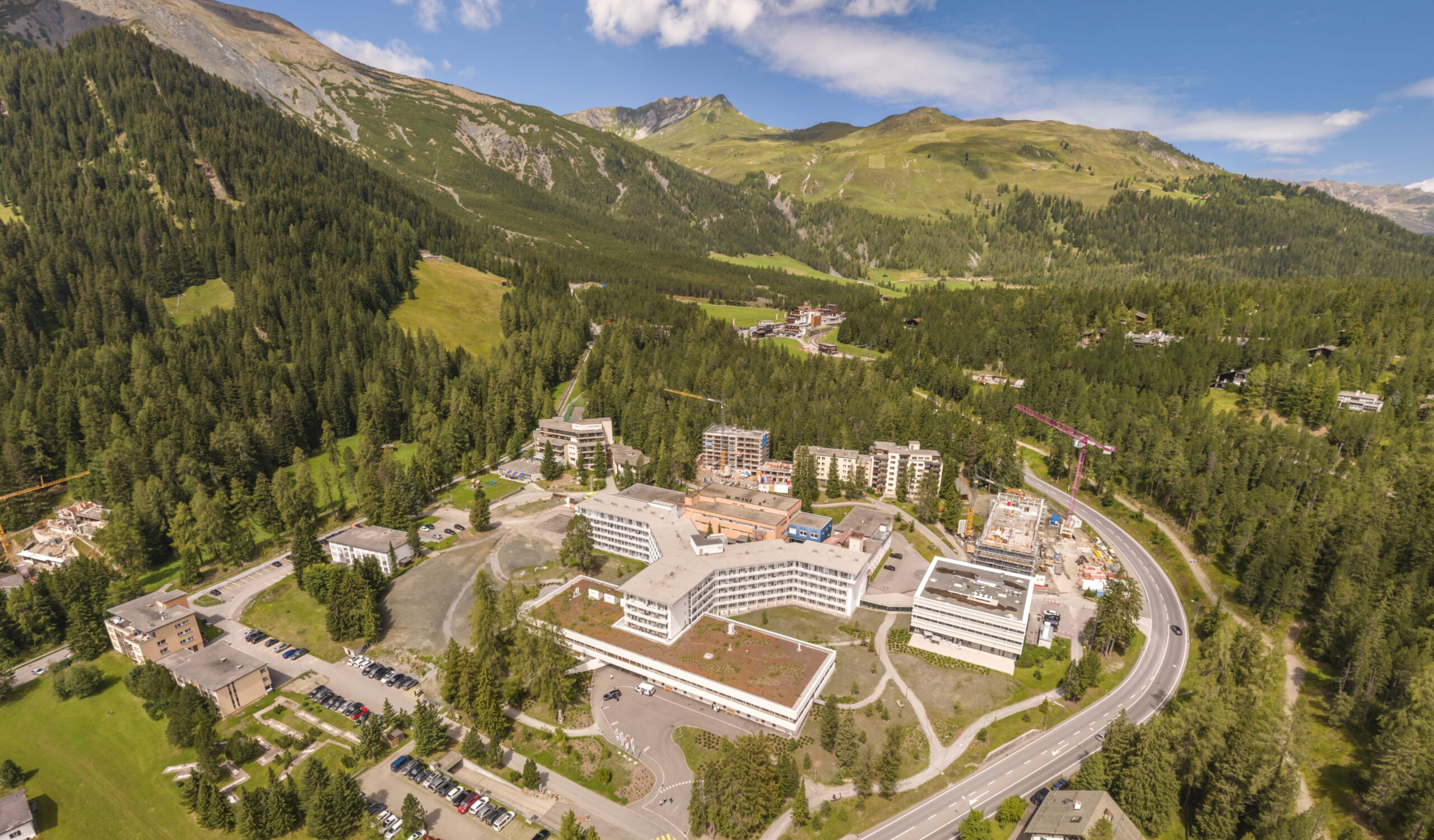 How important is the development of Latvia’s aviation sector for the economy?
How important is the development of Latvia’s aviation sector for the economy?
If you look at the connectivity of the Baltic States, Riga at the moment is the key capital. Latvia being in Northern Europe has reachability issues. Connectivity with Europe by road and rail systems do not fully meet the needs of the region giving additional importance to the aviation sector. The upcoming Rail Baltica project will be an important development for the transport sector. However, while it is being completed, the aviation sector will continue to be crucial for the development of the region.
Air Baltic contributes 1.5% to Latvia’s GDP as an airline. We represent more than 50% of the market share within Riga International Airport and transport one and half times the population of Latvia every year. We are currently seeing double-digit growth. We are a very strong airline. The connectivity we offer is an advantage not only for the regions tourism sector but also for the small and medium enterprises which can develop and grow more efficiently. Air Baltic is a driver of connectivity and hence a driver of the economy. We currently fly to about 60 central strategic cities in Europe and will connect to even more cities which will allow additional local business endeavors to develop internationally.
If you look at the connectivity index and foreign investment index of any country, you clearly see a correlation. If there is good connectivity, there is an increase in foreign direct investment. Our role at Air Baltic is not to be the largest low-cost carrier in Europe. Instead, we see ourselves as an enabler for the connectivity of the Baltic States. We can put capacity into the system, and with it, people are arriving. We are an enabler for investors, and we consider this an important role for Air Baltic.
What challenges and opportunities do you see for further developing Latvia’s aviation sector?
Riga International Airports infrastructure has few limitations in growing passenger numbers to 10 million. Air Baltic’s growth will depend on how much capacity can be put into the market. We are currently working until 2021 with a capacity of 4.3 to 4.9 million passengers. Air Baltic’s growth is boosted by the positive performance and growing market in Estonia and Lithuania.
There is potential within the Baltic States to start flying long-haul flights. We are six million people in the Baltic States. The same amount of people live in Finland which has a very impressive long-haul network. Meanwhile, there is no long-haul network out of the Baltic States. So there is an opportunity and growth potential in bringing this type of business connectivity to the Baltic States. Riga, being the epicenter, would be the logical hub.
How is Air Baltic innovating after its successful restructuring?
We are proud to have successfully implemented the Air Baltic restructuring plan we delivered in 2011. We even exceeded the targets of this turnaround plan. We drastically shrunk the airline to a base we could build up from and thanks to cost-cutting measures invested heavily in e-commerce capabilities among other areas.
Google Flights is very popular in America, and we began working with them two years before it was rolled out in Europe.
We were the first airline in the world to allow Bitcoin as a form of payment. In 2018 we will offer internet connectivity on board through the latest technologies which are ground-based combined with satellites. We will be one of the first carriers in the region to offer fast and robust connectivity at speeds that were not there before. When it comes to innovation, we are small, fast, and open to testing innovatory new technologies in the sector out of Riga. Our agility means we can innovate faster than other airlines.
Our strengthened financials have also allowed us to upgrade our fleet. We are changing the turboprop fleet by 2021 to a jet fleet. This will significantly increase seat capacity. We have and will continue to adopt the new C series over the next couple of years. It is the most modern aircraft available in the narrowbody segment. Its unparalleled technology delivers a significant reduction in fuel burn and makes it the quietest commercial aircraft in its class. In 2018 these aircraft will take up the majority of the fleet. Soon Air Baltic will be an all-jet operation.
How do you evaluate your time at Air Baltic?
To see in the future the continuous long-term profitability, connectivity growth and further development of Air Baltic will be a personal accomplishment of my time within the airline. The meaning of profitably for me goes beyond yearly profits and is more in line with strengthening the core balance sheet of the company. Do not underestimate the ability of Latvia to deliver. Air Baltic is a national success story which has been developed and executed here. It is a very good example of a successful investment achieved within the region.
























